
Europe has introduced a sanitary certificate since July 1. It aims to revitalize the tourism industry and make travel preparation easier for EU residents. In this regard it's worth reminding our readers of the most picturesque places in France, namely about French villages that keep the true spirit and traditions of this most romantic country in the world.
France has a special tourism organization - "The most beautiful villages of France" (French - Les plus beaux villages de France), which was created in 1982. The aim of the organization is to develop tourism in communities with a rich cultural heritage.
The EcoTourism Expert correspondent spoke with the President of the association, Alain DI STEFANO, the Mayor of the city of Yèvre-le-Châtel, about the work of society, the development of rural tourism in France and, of course, the most beautiful villages.
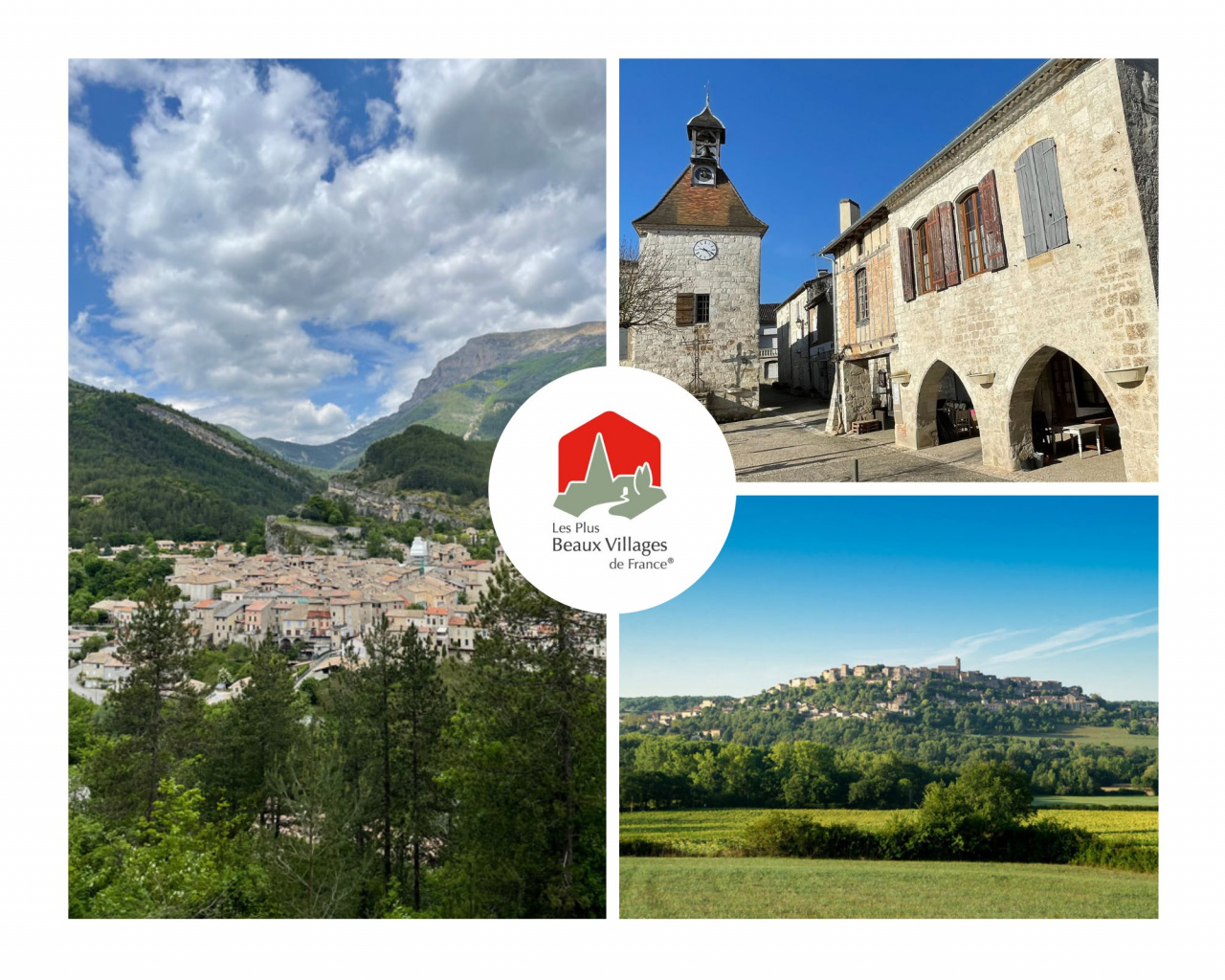
- What is the aim of your organization?
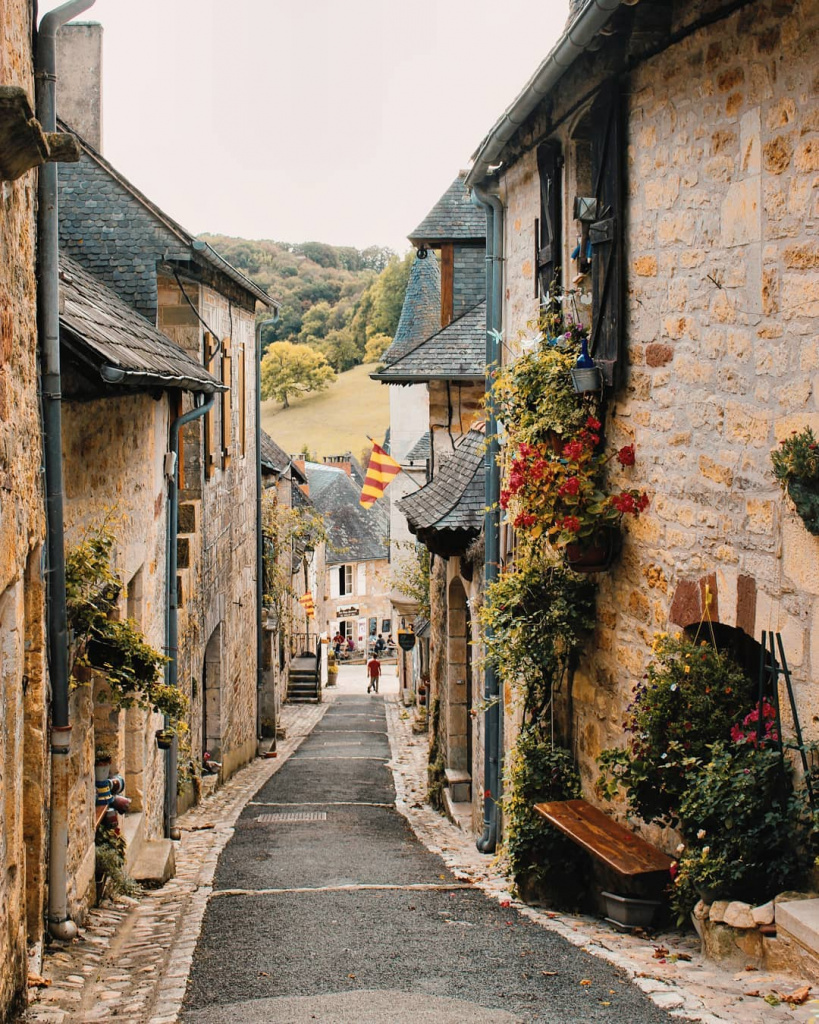
- What services do you provide?
- We provide services in our free strategic fields: in terms of quality we enhance exchanges of experience to improve the quality of the villages. For recognition we enable national / international promotion. And for the development we organize/co-organize events or stays promoting local productions and know-hows, which is ‘‘art de vivre”.
- What criteria do you follow to choose the most beautiful village of France?
- In the first instance, the village must meet the three following criteria:
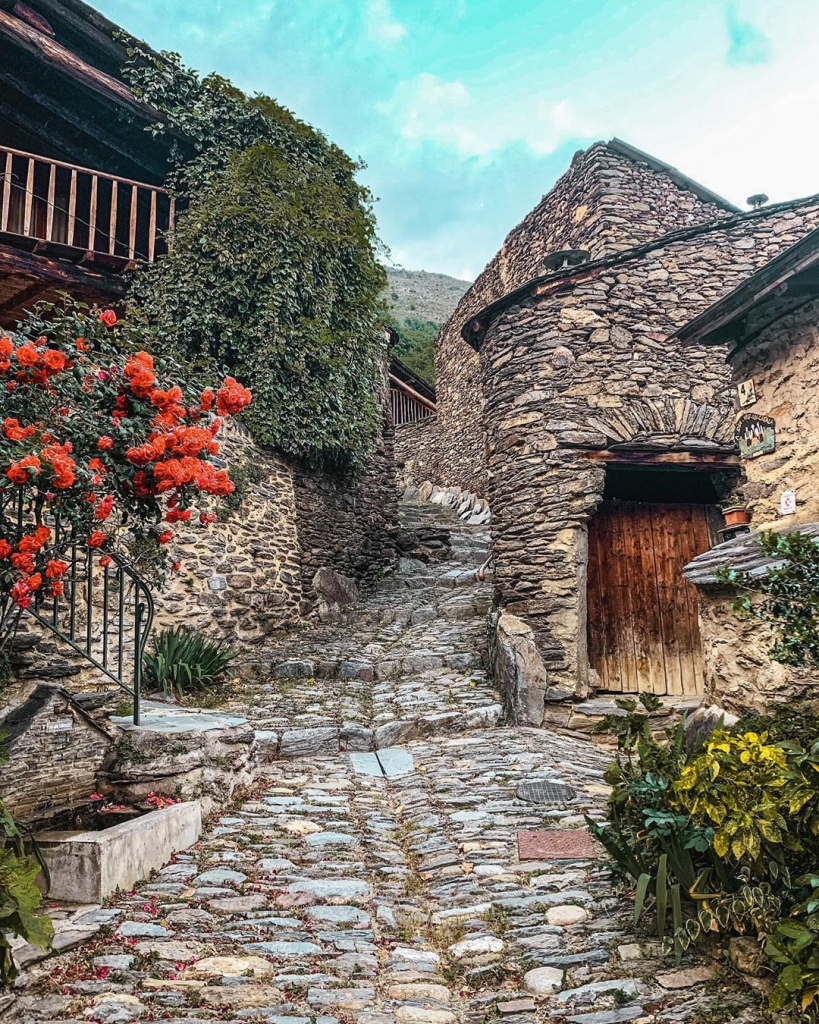
The results of the assessment are submitted further to the association’s Quality Commission, which alone has the power to make decisions on the inclusion, or not, of the village (with a majority of the two thirds of the votes). In average, fewer than 20% of applications are successful.
- What are the advantages of getting the label «the most beautiful village of France»? And in terms of tourist flow?
- The first benefit is the communication and promotion: as the selection is strict (barely one out of five applying villages are accepted), the media and the public know that if we decided to «label» a village, it is worth it! Thus, there is an immediate promotion through television, radio, newspapers… We regularly ask the villages about their motivation and they often answer that the village is known in the region but not further. We enable them to become known at a national and even international level (thanks to the Internet, the “classical” media and the social media and, of course, partnership with editors that promote our official guide book and roadmap in shops all around France). For some villages, this is also a way of making inhabitants aware of their heritage / patrimony - [smiling] this is a word always difficult to translate in English - and it’s important to protect it. It gives the village an image of quality.

The second advantage is directly linked to the first: the villages that joined the association see an increase of 20% to 50% in terms of tourist flow. The aim of the association is to maintain and even develop the economy of the villages. The development of touristic activities is natural because of the heritage (architectural and historical). This is also a way of keeping services and shops all year long for the population. We also organize or participate in national or international events promoting local productions (wine market) and know-hows (Journées Européennes des Métiers d’Art) as well as promote the touristic offers of the villages through partnerships with tour-operators or propositions of thematic stays.
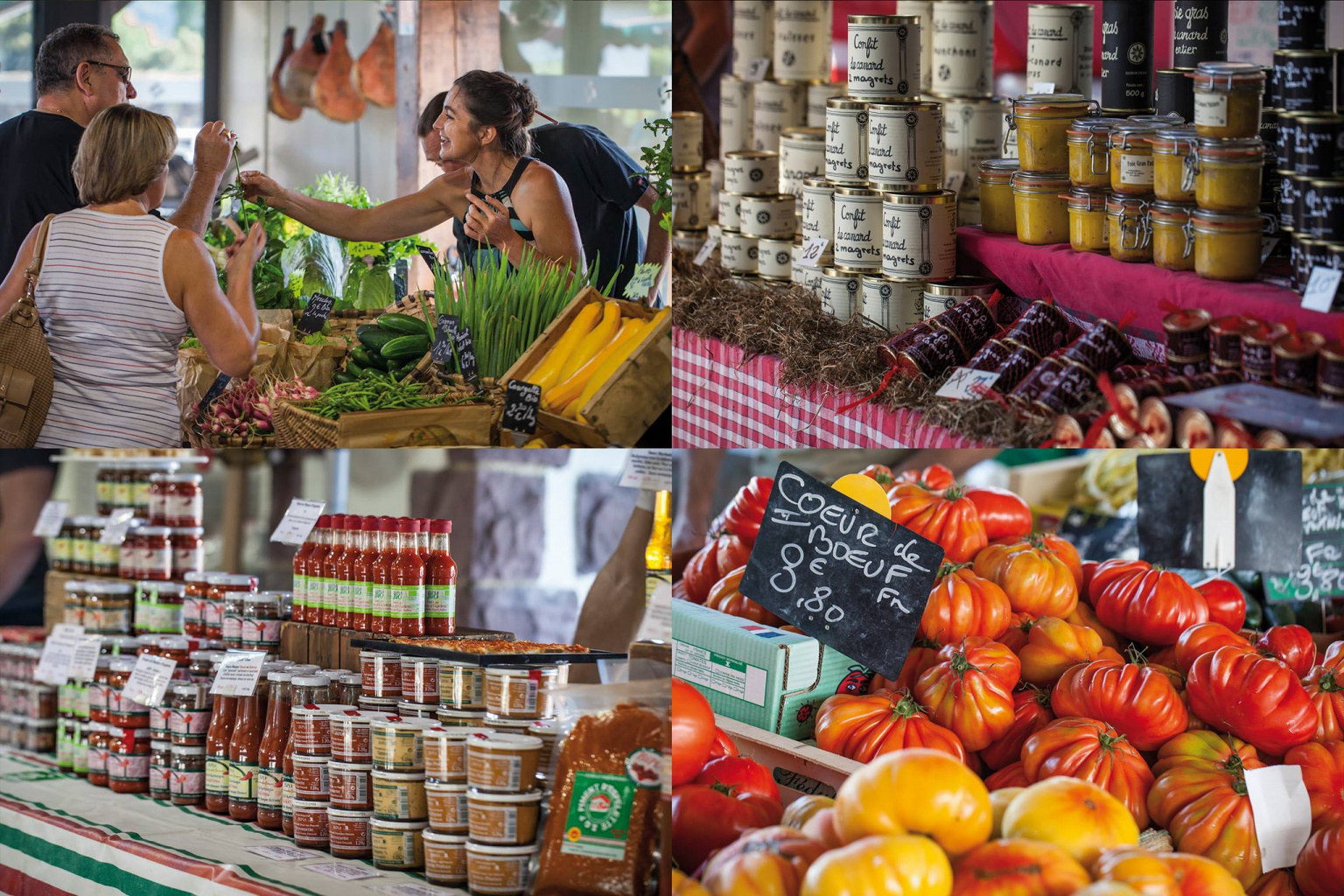
- Could you, please, name top 10 destinations to visit in France? What is so special about them?
- We don’t have competition between villages! We consider that we cannot compare a village from Pays Basque, for example, and a village from Normandy because of their difference in terms of architecture. The villages that we can consider as “models” are those that managed to find a good balance between touristic and economic development and “rural life” for their inhabitants.
- On June 26 the most beautiful villages offered a special romantic program. Could you unveil the most charming places?

- What would you recommend for tourists in terms of transport or when planning the trip across the villages?
Most of our villages are located not so close to a rail station, so we recommend to rent a car. In some regions, several villages can be visited as they are close to one another. That can be a good idea for a circuit.
- Tell us more about your guides? What practical information can a foreign tourist find in it?
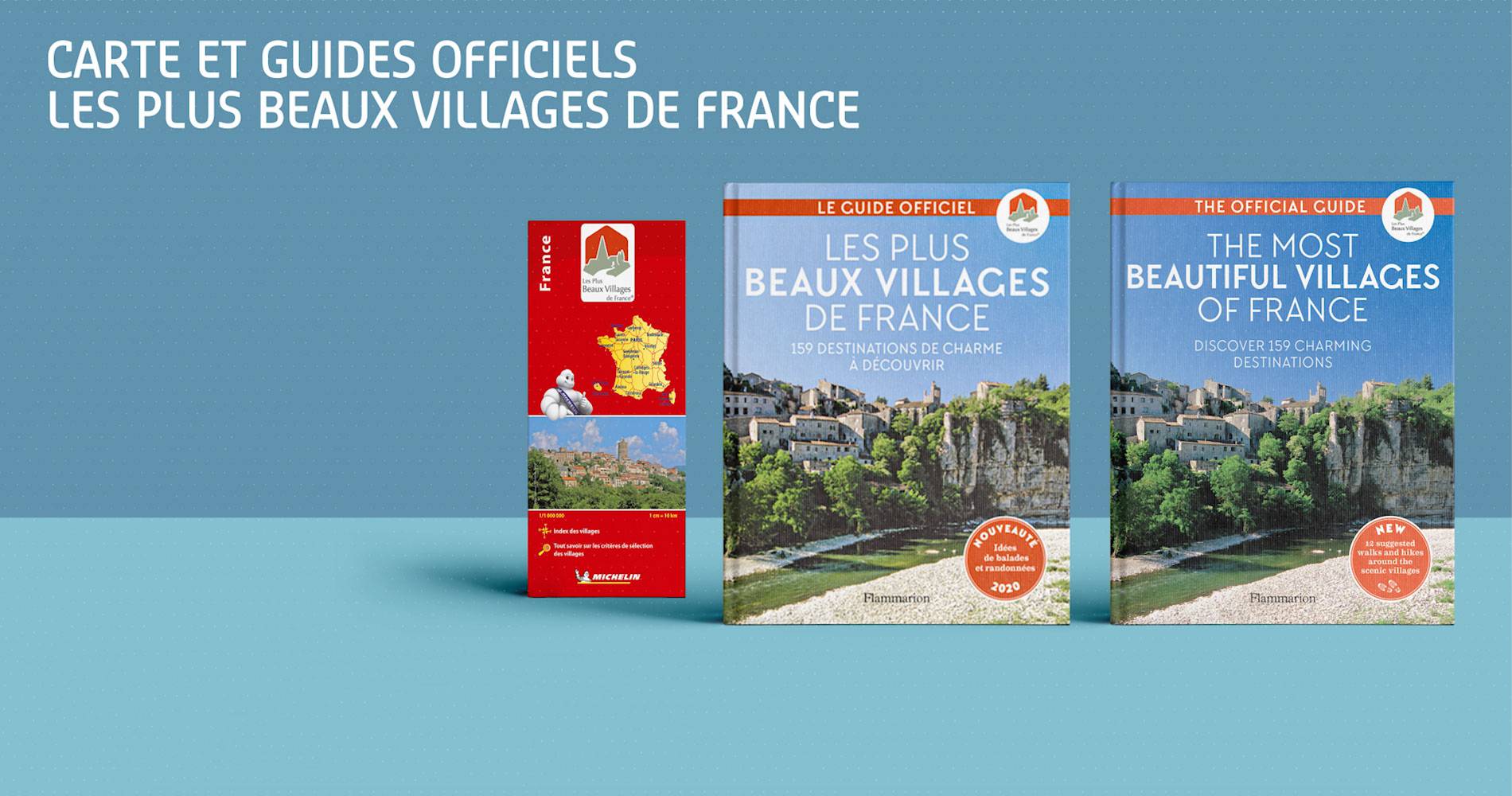
- You work in collaboration with other countries, like Italy, Belgium and even Canada and Japan. Do you have common projects? Which? How does it help develop tourism in France?
Other associations have been created according to our model in further countries: Belgium, Italy, Canada, Spain, Japan, Switzerland, Germany, Russia… We all cooperate within the International federation of The Most Beautiful Villages in the World. We meet once a year to exchange information and good practices about our organizations and learn about the villages and culture of each countries. We also aim to develop common actions: promotion on social networks and also the Romantic Night, which has been created first by our Italian friends (in 2016) who proposed other countries to replicate the concept so that we communicate about it on the international level. We also help the new countries who want to create an association like ours.

